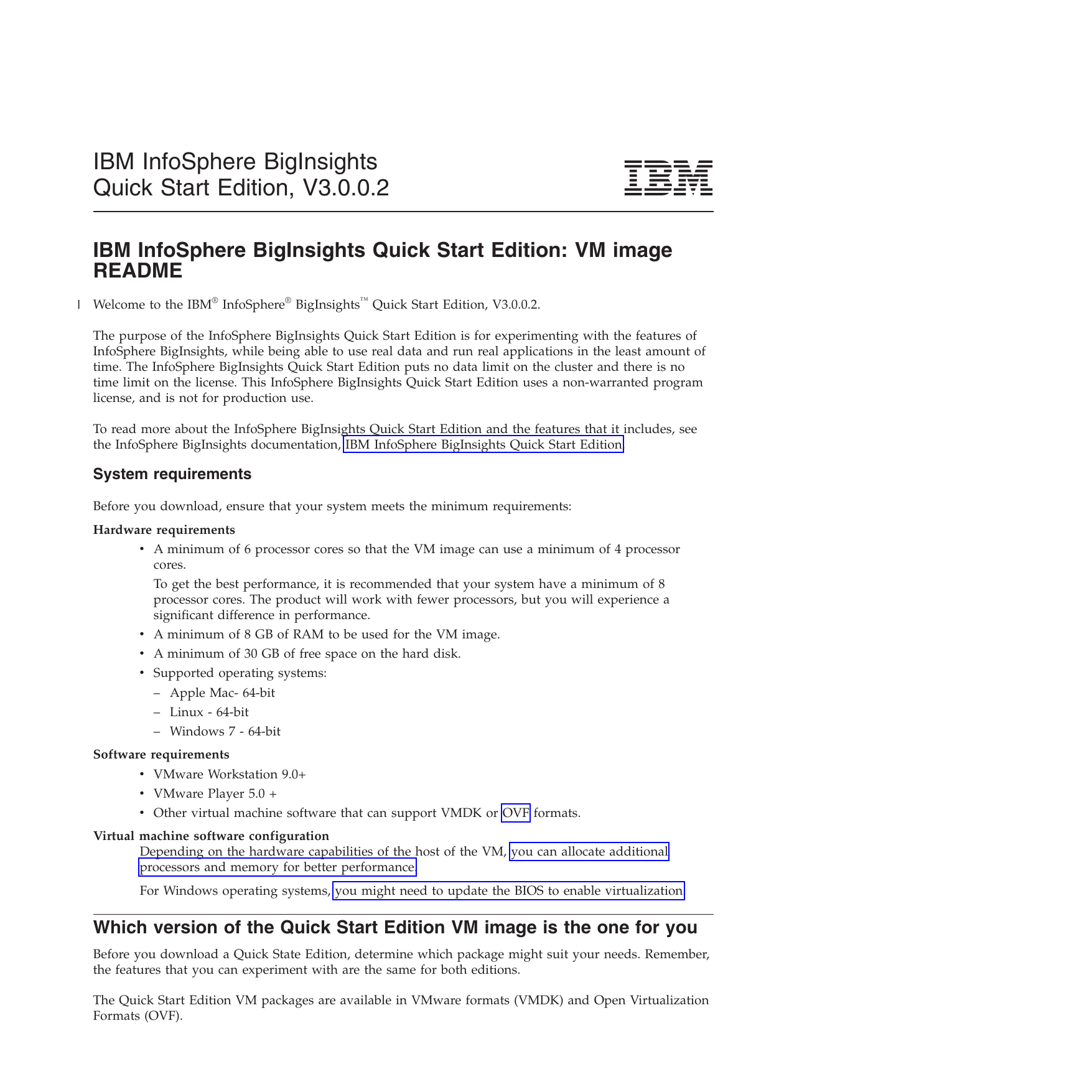
#Vmdk to ovf vmware update
In this case, you are free to click on it to update the hardware compatibility of this virtual machine if you want, and then update the VMware Tools in the guest OS for the virtual machine to work properly. If the imported VMware virtual machine was created for an older version of VMware Workstation, the "Upgrade this virtual machine" option will appear. You can use the VMware vSphere Web Client or the VMware OVF Tool utility to. Or, double-click on the vmx file of the desired virtual machine from the file explorer. Verify that the details are correct and then click Next. To import it into VMware Workstation (or add it after formatting your physical PC), you can go through the "File -> Open" menu.Īnd select the vmx file of the virtual machine to import. On the destination device, log on to the VMware ESXi server using vSphere client (see Task 6: Using vSphere Client to Log On to the VMware ESXi Server ). To export it, just copy the folder of your virtual machine. Export in vmx formatīy default, your virtual machine has a vmx configuration file and its location is shown at the bottom right.Īs you can see, in the folder of our virtual machine, we find, for example, the linked virtual hard disk in vmdk format, as well as its configuration file in vmx format.

Export and import in vmx format (VMware) 1.1. Enter a name for your VM and select the OVF ( FortiAuthenticator -VM.ovf), firmware VMDK (fac.vmdk), and data storage VMDK (datadrive.vmdk) files previously extracted to your management computer, and click Next.


#Vmdk to ovf vmware download
However, it's also possible to export your VMware virtual machines in OVF format to share them over the Internet and to download them over the Internet in OVF format for import them into VMware Workstation. As with other virtualization solutions, it's possible to export and import virtual machines into VMware Workstation.īy default, VMware Workstation uses the vmx format for virtual machine configuration and the vmdk format for associated virtual hard disks.


 0 kommentar(er)
0 kommentar(er)
